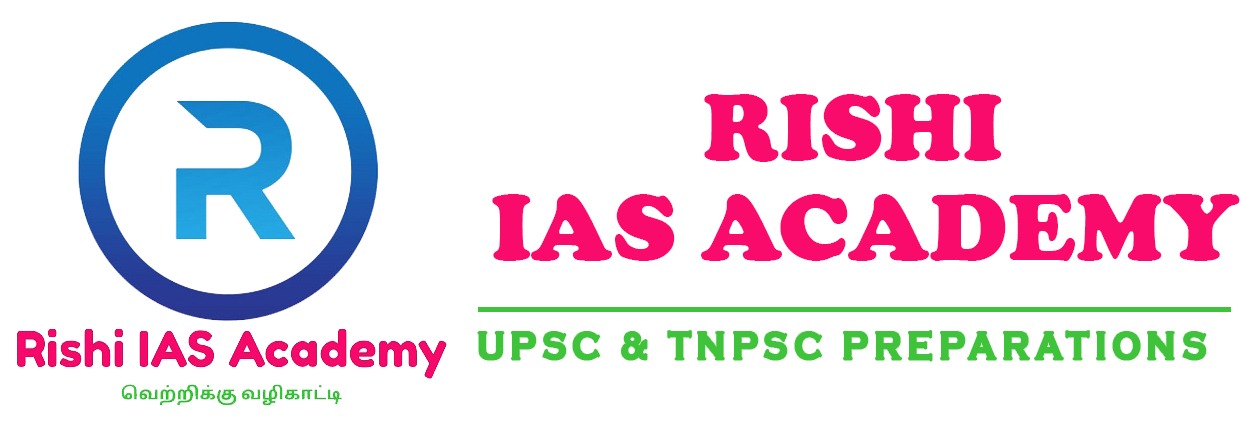India is moving away from assistive to participatory development
Schemes such as MGNREGA and National Livelihood Mission(Rural and Urban) focuses on this….
MGNREGA
- Launched as food for work programme in 2004
- It is one of a programme intends to implement Directive Principles of State Policy(DPSP)
- Finance : Both centre and state
- It offers legal right to work for 100 days per year for atleast one member of the family in rural household..for flood affecting areas it becomes 150 days
- It is seen as umemployment allowance
- Provide social protection and livelihood security
- Agricultural infrastructure development
- Accountability in grassroot
- Haryana : 277 days /year = highest in india and,,,,Jhardghand : 168 days/ year = lowest in india
- This scheme is an example people centric bottom up approach
- Demand driven and rights based mechanism
Positives of MGNREGA
#Women empowerment
#Pariticipation of SC/ST (>30%)
#Improved agrarian sector(ancillary infrastructure of agriculture)
#Land reclamation
#Increased bargaining power of labour and also reduced bonded labour
#Improved purchasing power of rural household
CRITICISM
->No productive asset(solution : geotagging of assets)
->Generated a pool of low productive workforce(solution : skill India)
->Inclusion and exclution error
->Statewise wage disparity
->Delayed payment
->No labour for agriculture
WAY FORWARD
Mihir Shah committee recommendations – Structural reconstruction of MGNREGA
=>Focus on productive assets(geotagging of assets)
=>Diversify permissible work(a kind of monitoring or feedback mechanism)
=>Integrate MGNREGA with other rural development schemes
=>Instill skill development component(eg : project life in hilly areas)
=>Electronic fund management system
=>Enhance social audit(like GARV App, photo taking)
